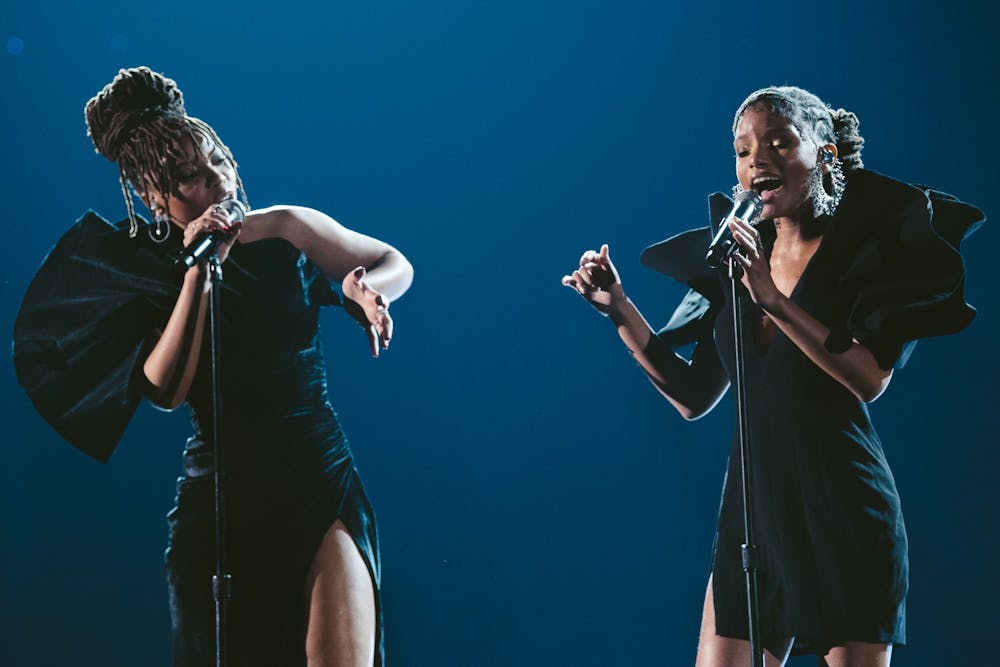Audiences will have the chance to watch Disney’s live-action "The Little Mermaid" in theaters beginning on May 26, 2023. Disney recently released the first teaser trailer, and with it came backlash. Halle Bailey, a talented African-American singer and actress from the sister-duo Chloe x Halle, will play the beloved princess Ariel.
Halle Bailey checks every single box — she has the voice of an angel, flowing hair and a majestic aura about her. The teaser trailer was under two minutes, but that was more than enough to convey why she is the perfect choice for this role. So what is the issue?
The issue is the mere fact that Halle is not the white mermaid some had intended.
Growing up with only Princess Tiana from "The Princess and the Frog" as my Black representation, the little girl inside me was thrilled to see Halle Bailey on screen. The media has a longstanding tendency of deeming Black women as unlovable, unworthy, not feminine or delicate enough — attributes unfit for a princess.
Princess Tiana was a small step toward rewriting that narrative, but many aspects were still flawed. The number one flaw: she was a frog for over half of the movie. Now, we finally have a Black princess that will be on screen for the entire time! Although she will technically be half-fish for a little while, you get the point.
Most importantly, my heart is filled with immense joy every time a TikTok pops up of a young Black girl pointing to her TV screen and exclaiming, “She's like me!” Beautiful moments like this are why representation is crucial for children of color. Teaching children to love their beautiful melanin and natural features and chase their dreams shouldn’t fall solely on loved ones — because it isn’t enough.
Racism is deeply embedded in American society, especially in the education system that first shapes children’s impressionable minds. Therefore, these children need to see people of color succeeding in all fields ranging from aerospace engineering to business owners, celebrating their beauty, and playing the leading role in films of every genre — not just those about our trauma. Once children of color see their heroes achieving the dreams they have set out for themselves, it will set an example that their dreams, too, can become a reality.
Outside of careers and building confidence, children of color need to feel seen even when playing make-believe.
How many fairytales cater to white people, despite these creatures and characters appearing in stories from all cultures globally? Mermaids, fairies, vampires, werewolves, knights, princesses, princes, etc. are almost always white in books and media.




